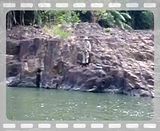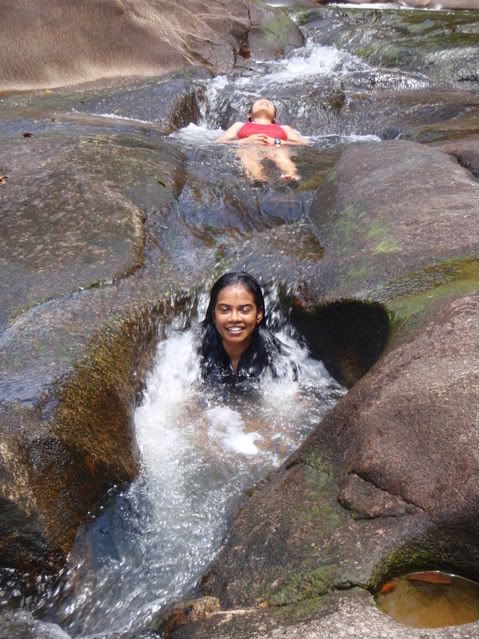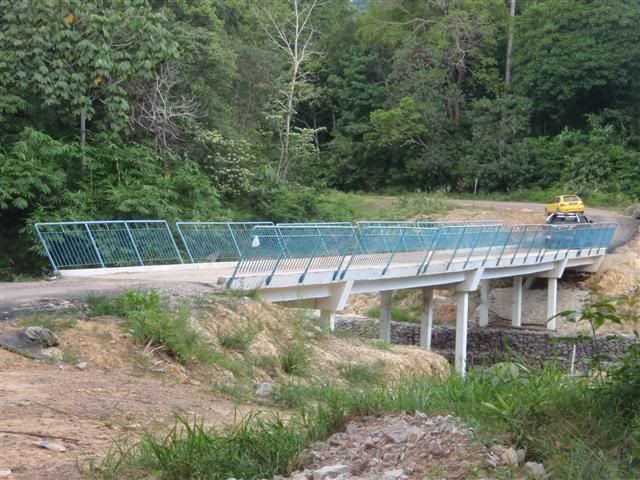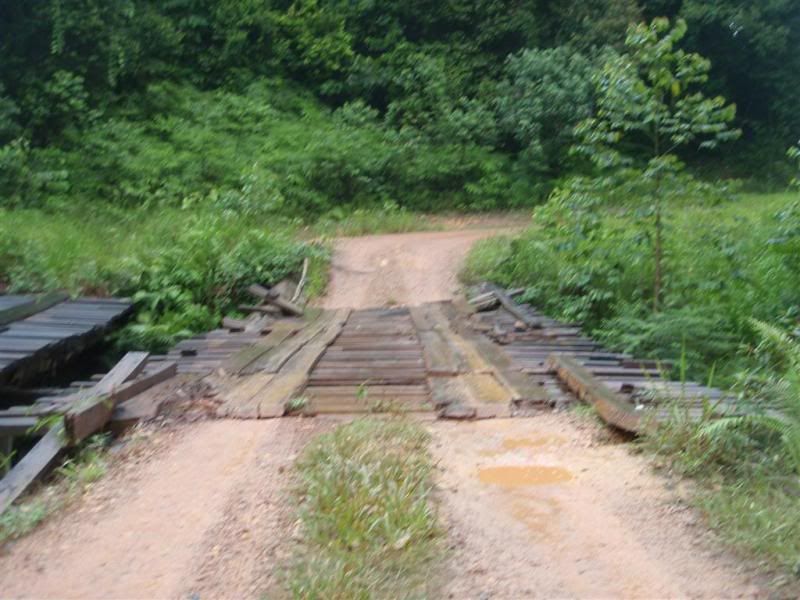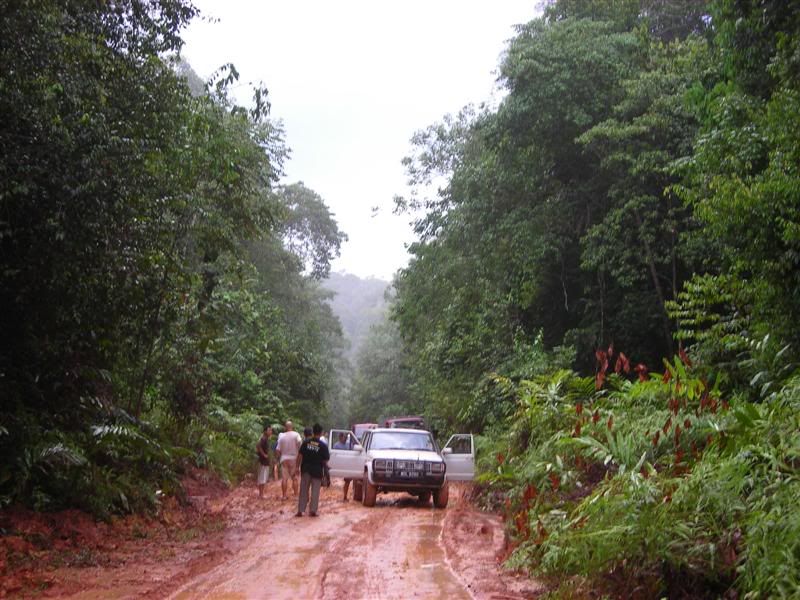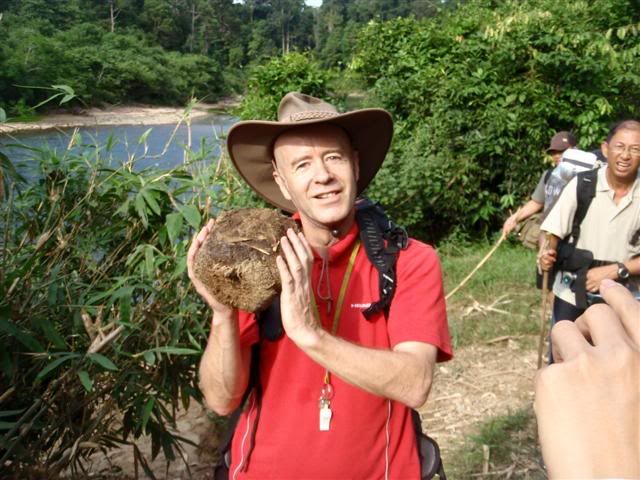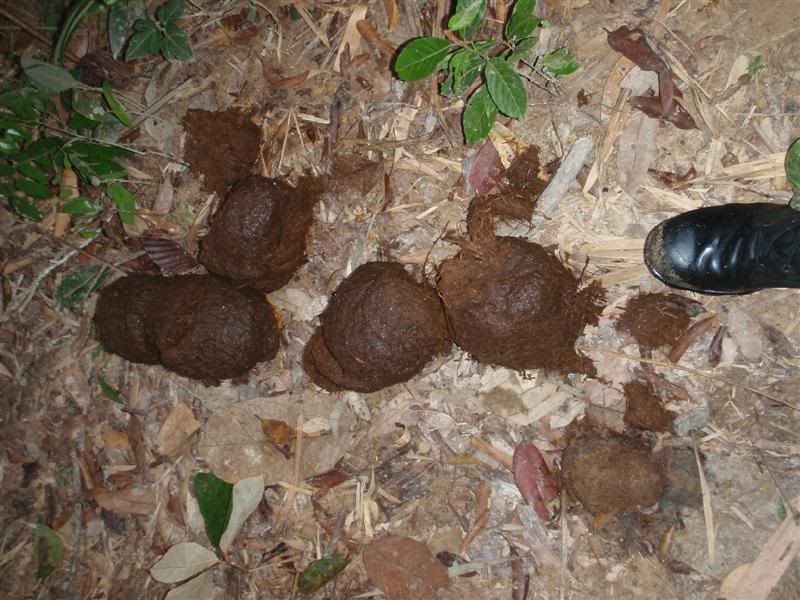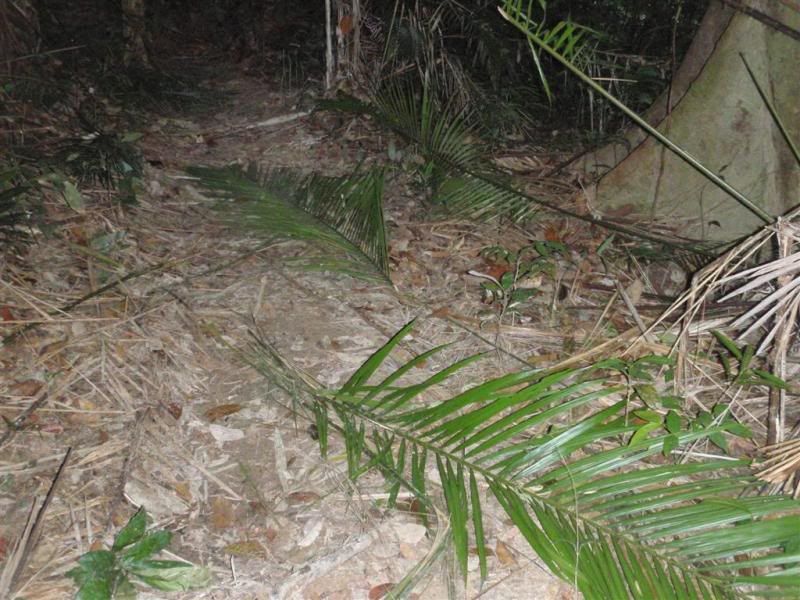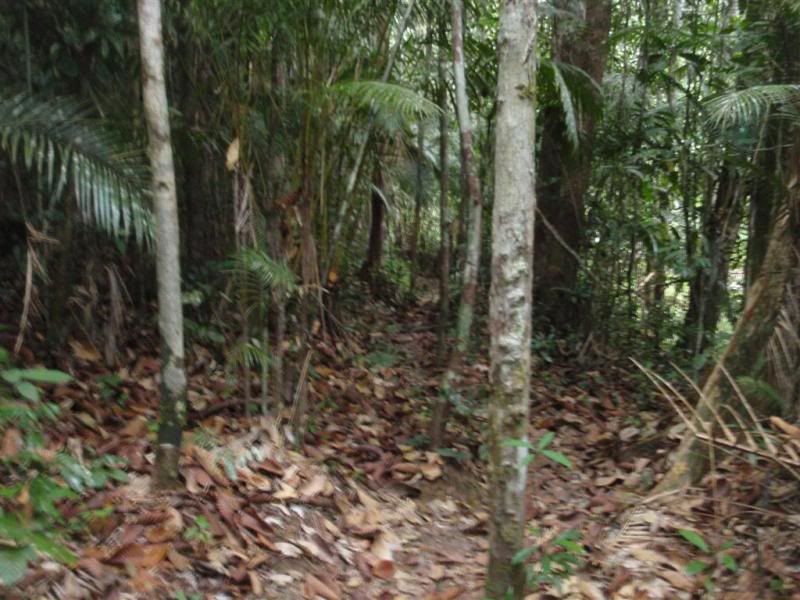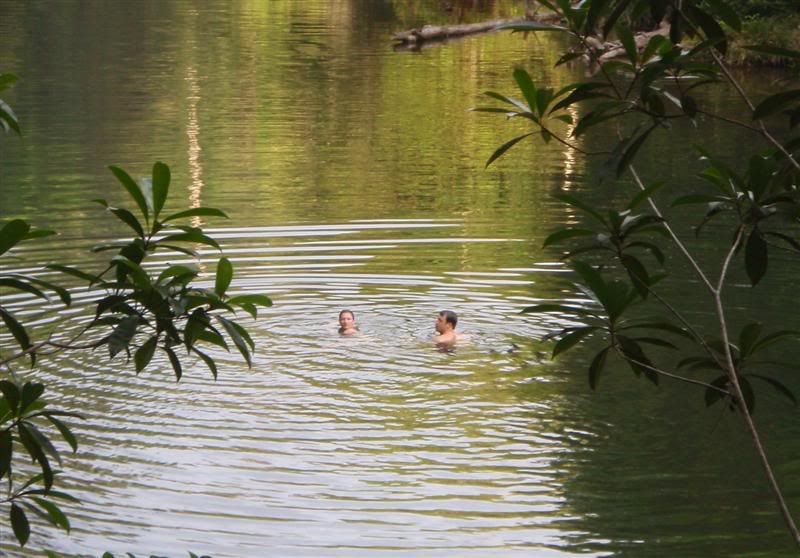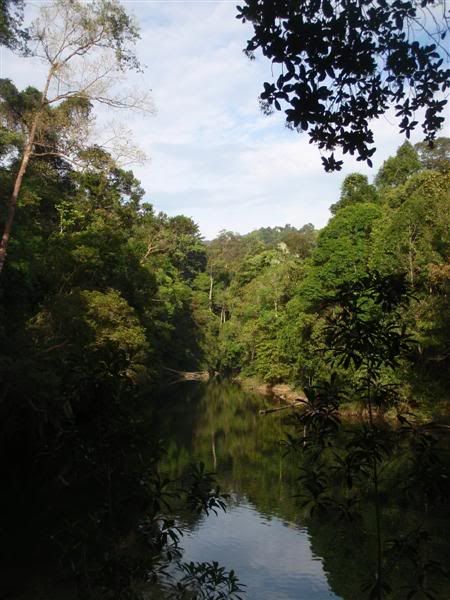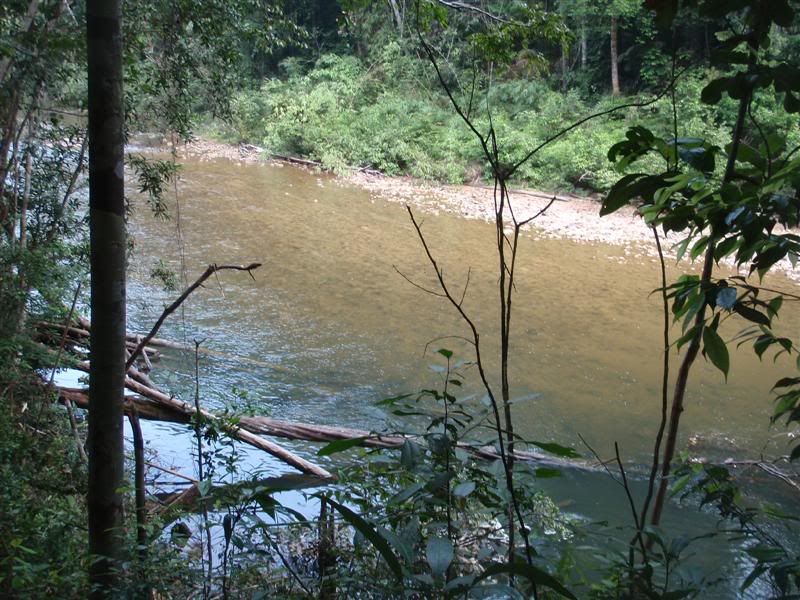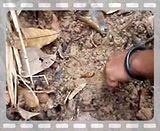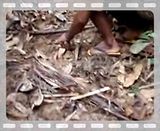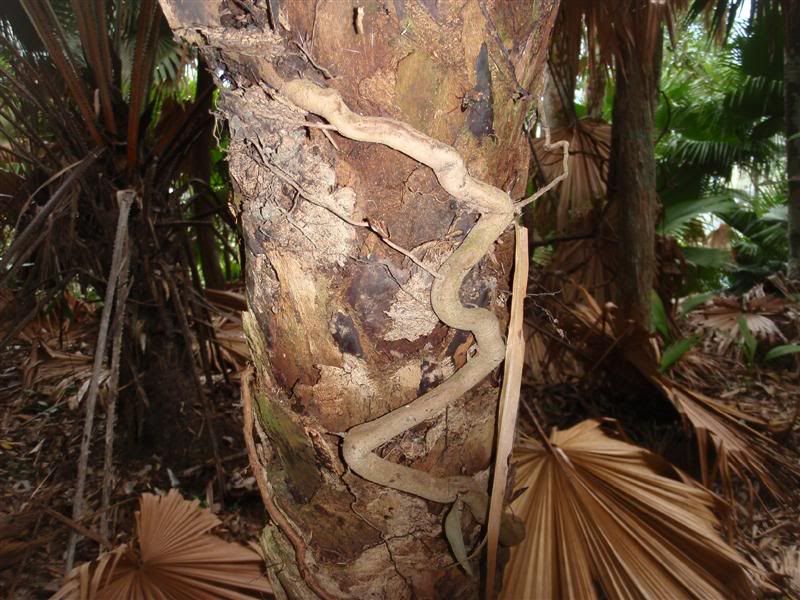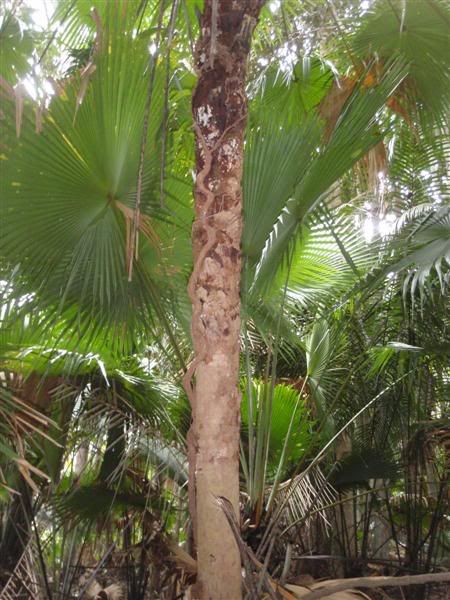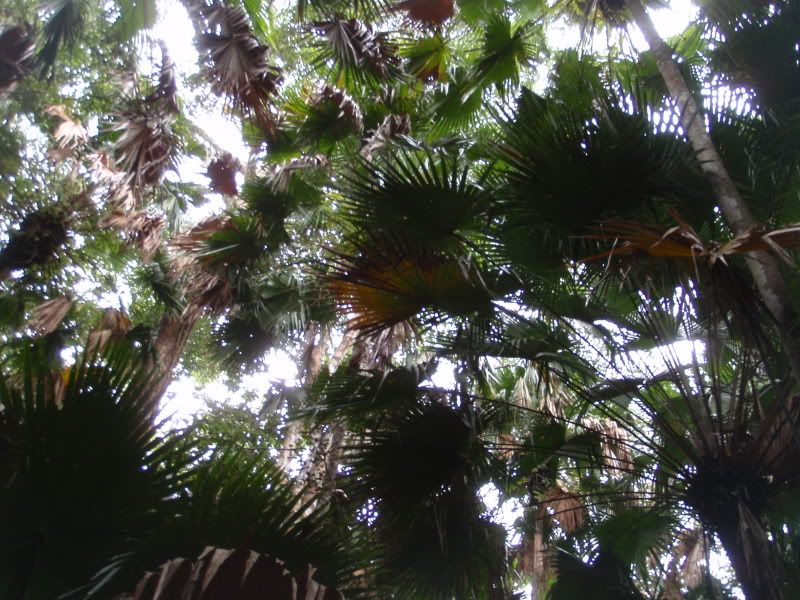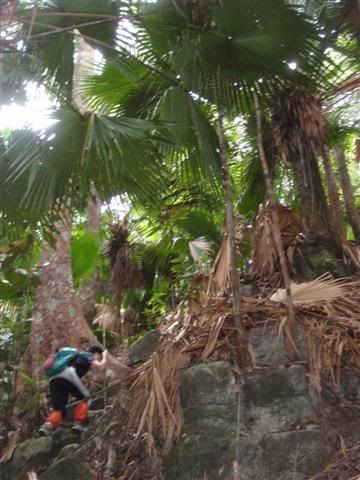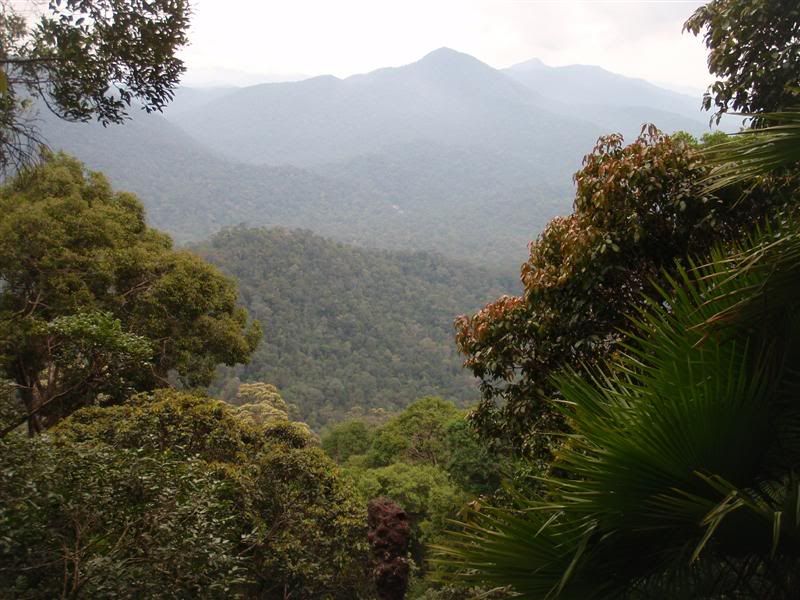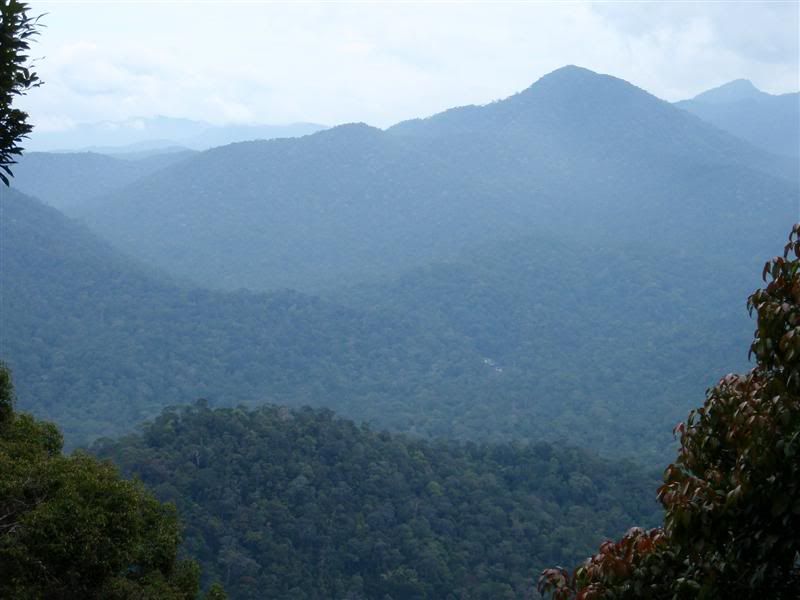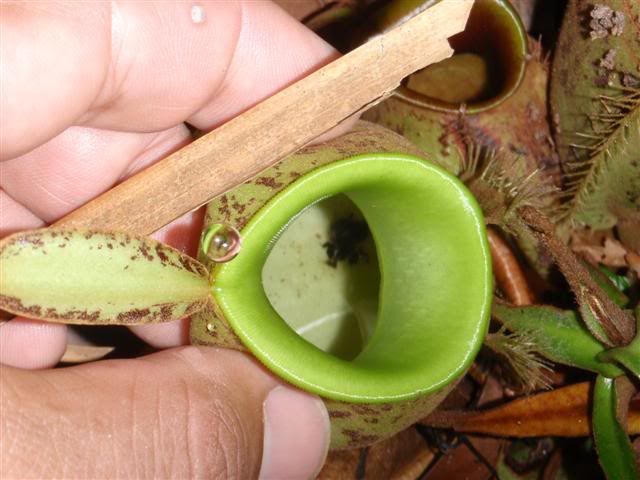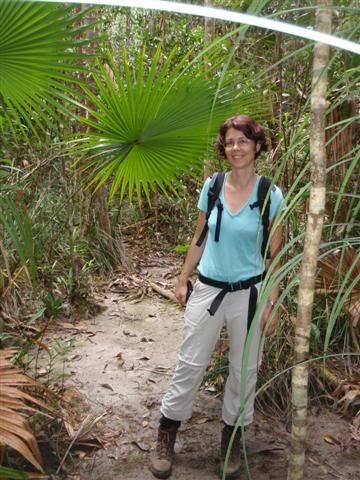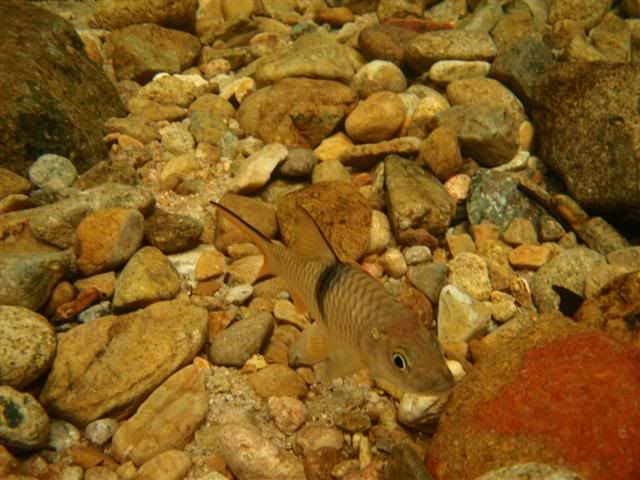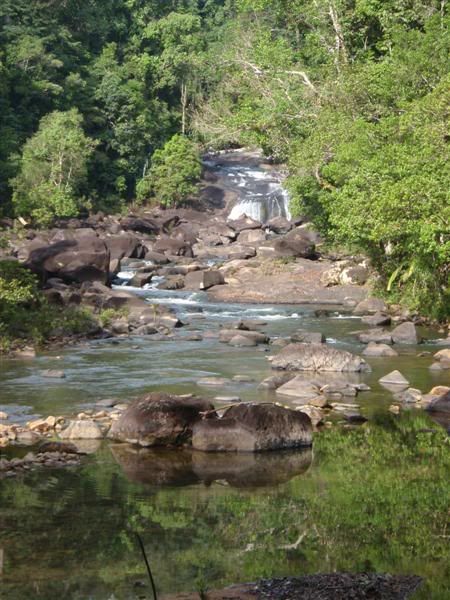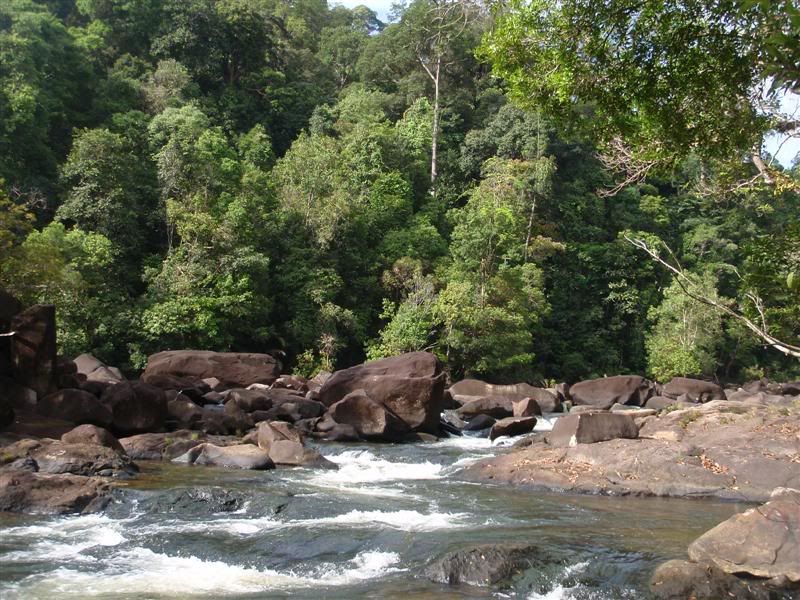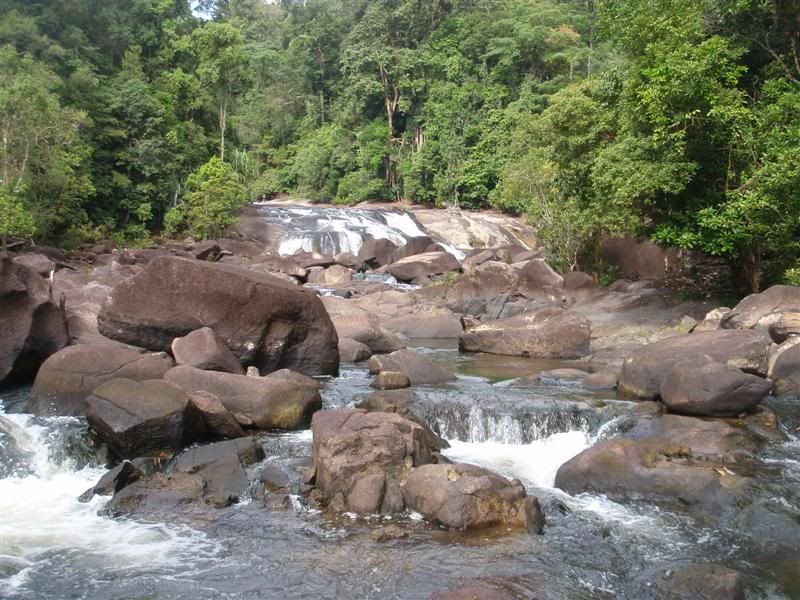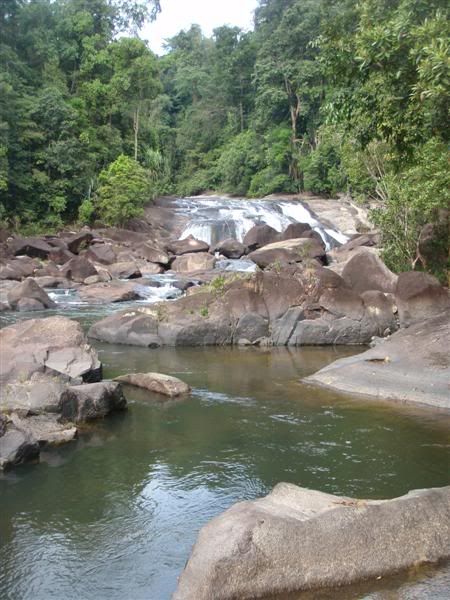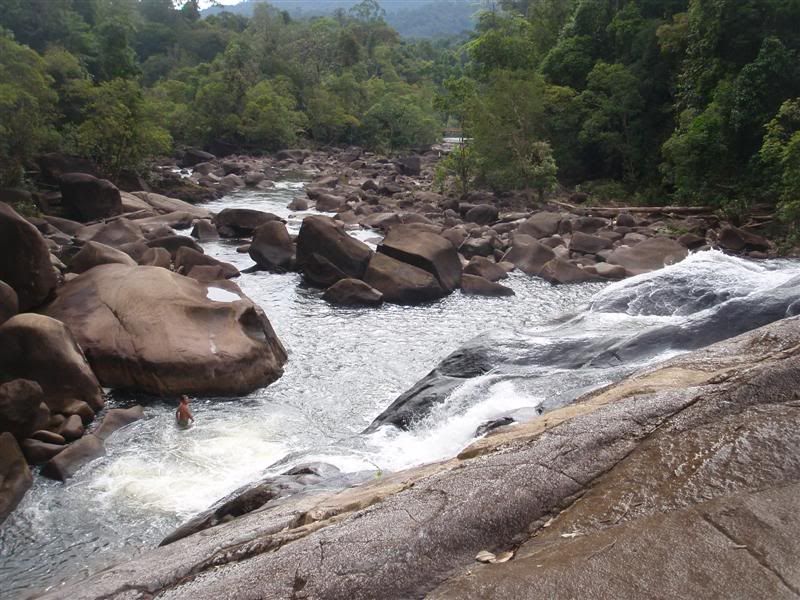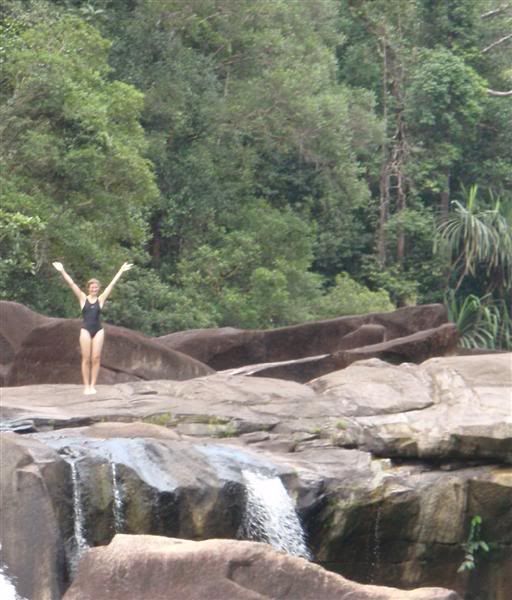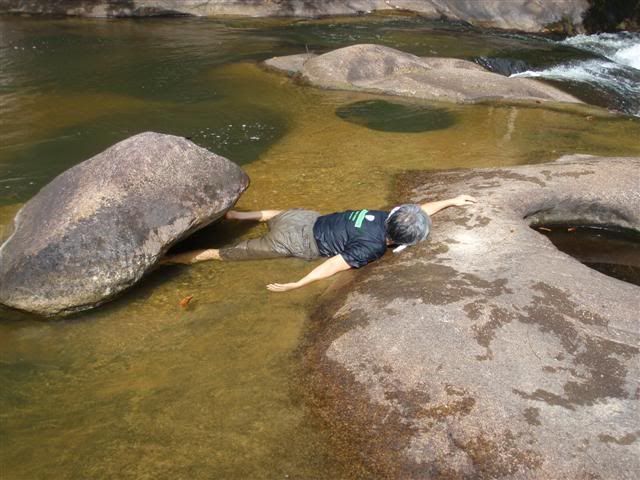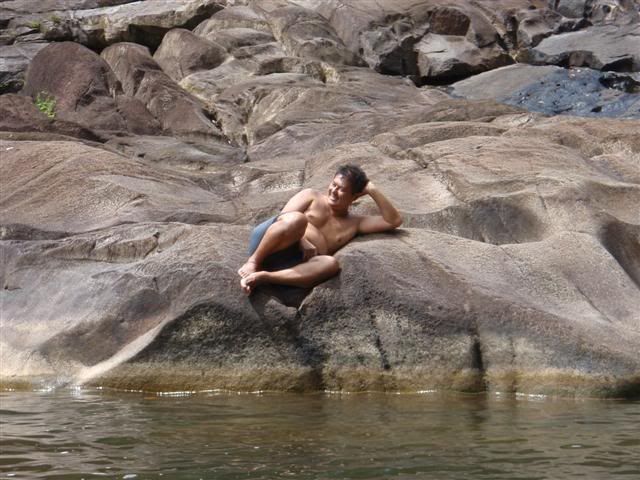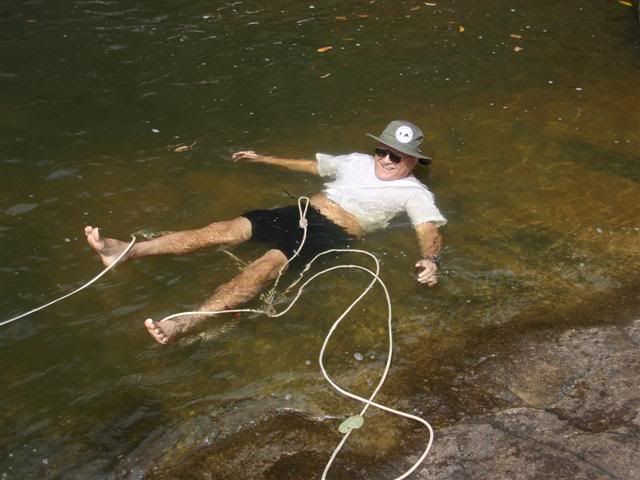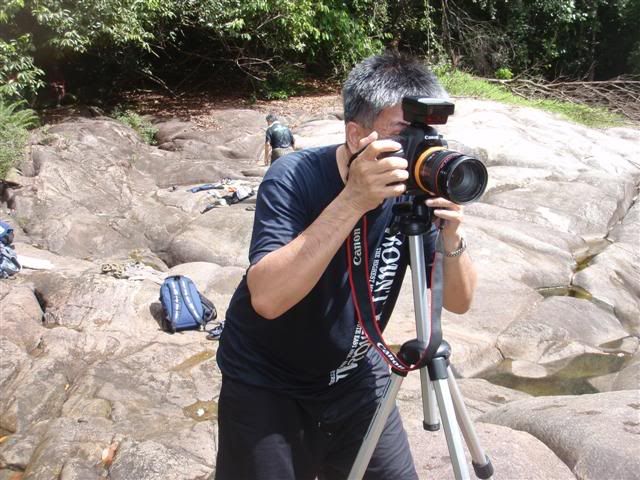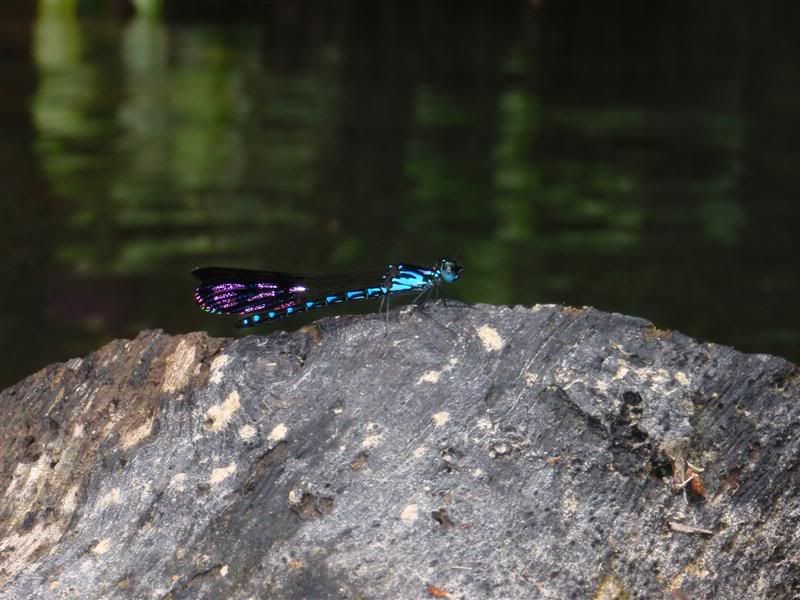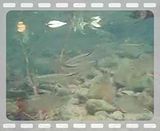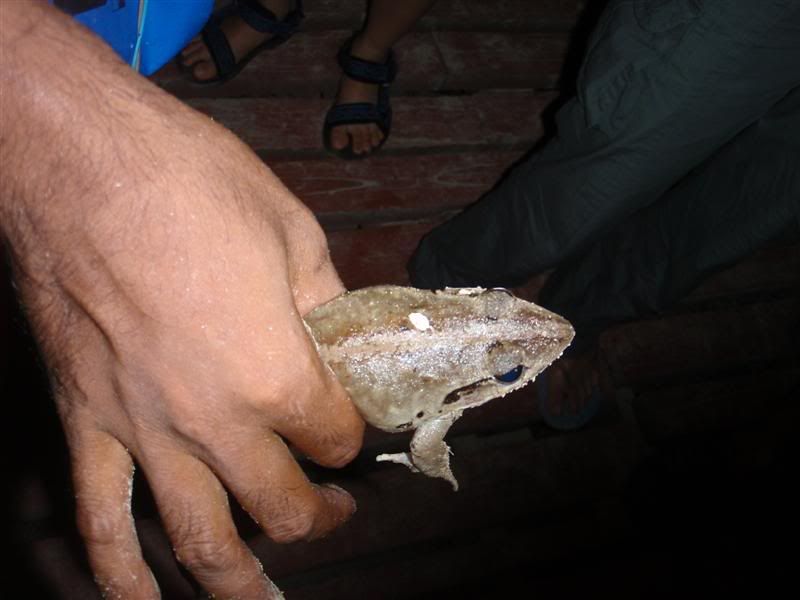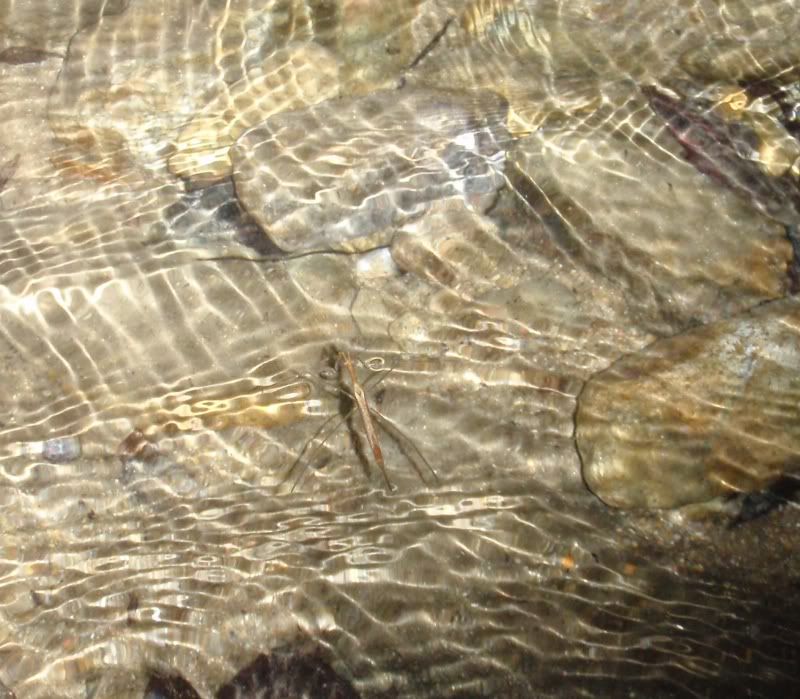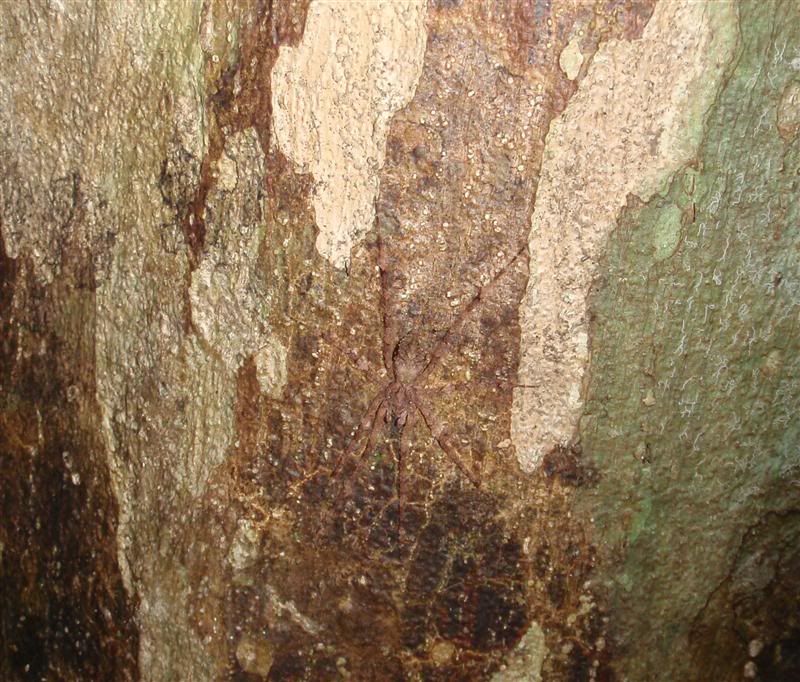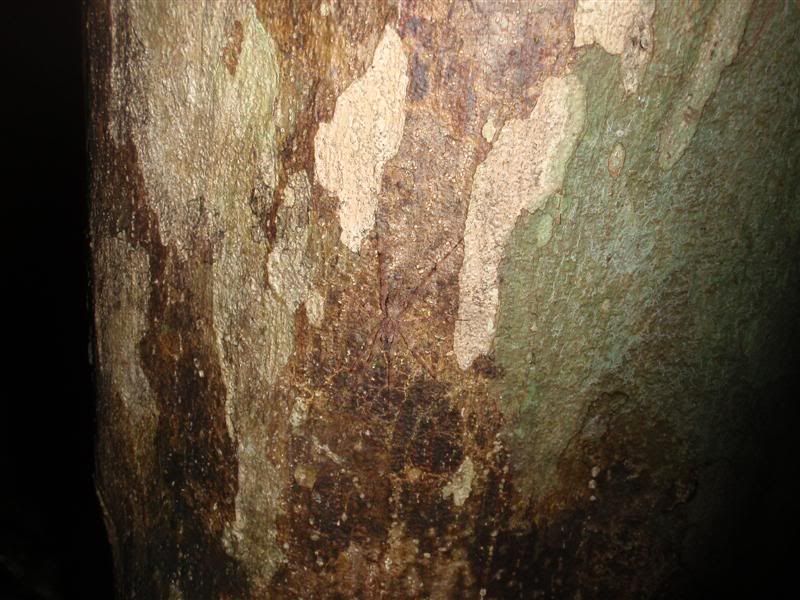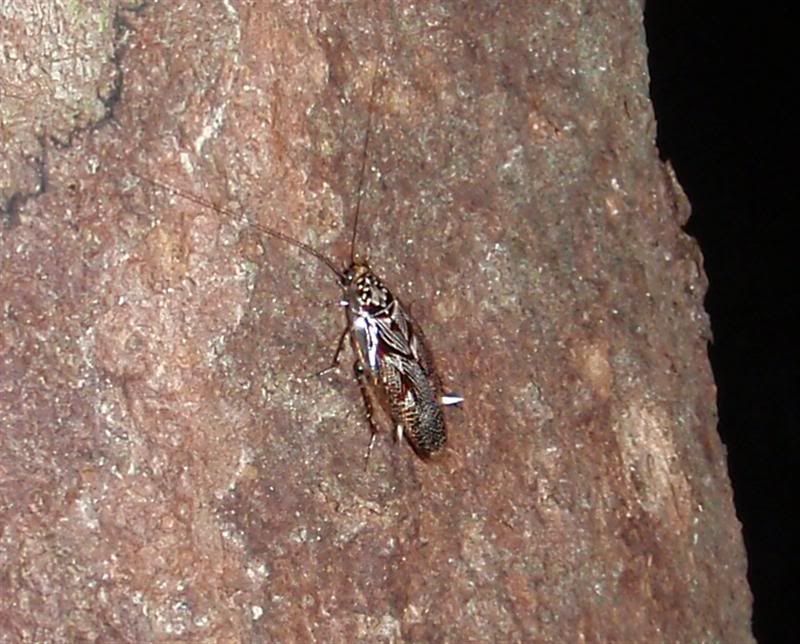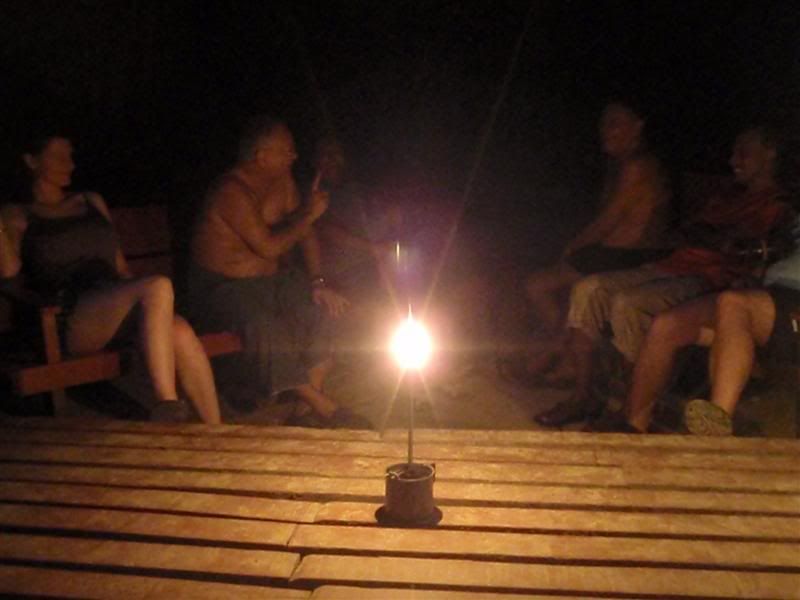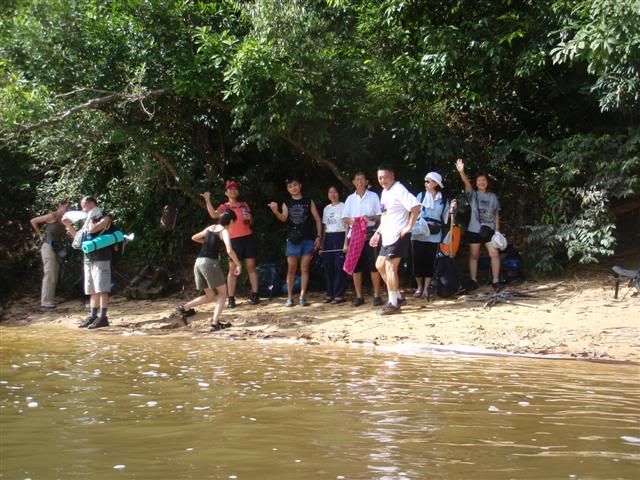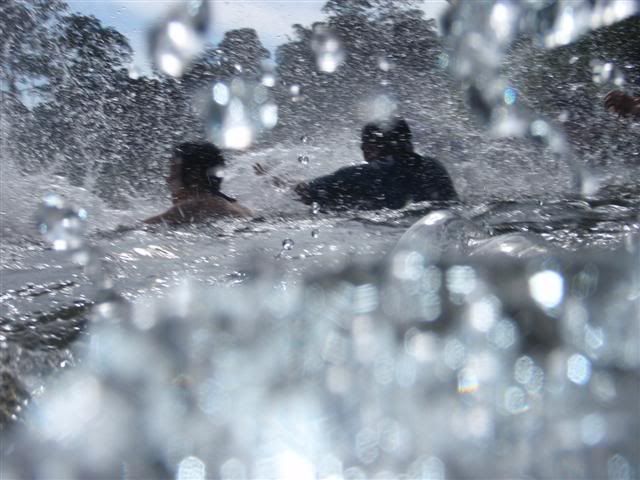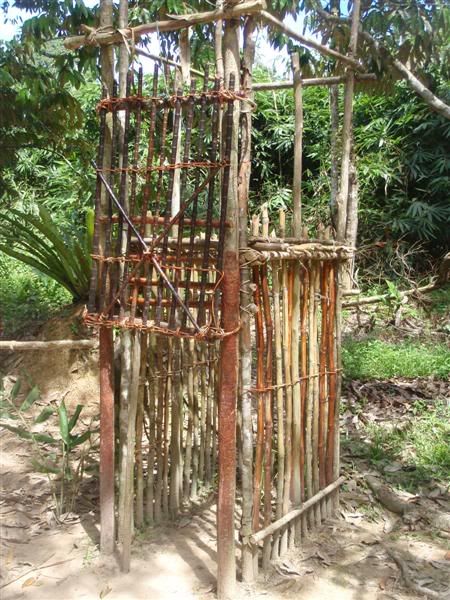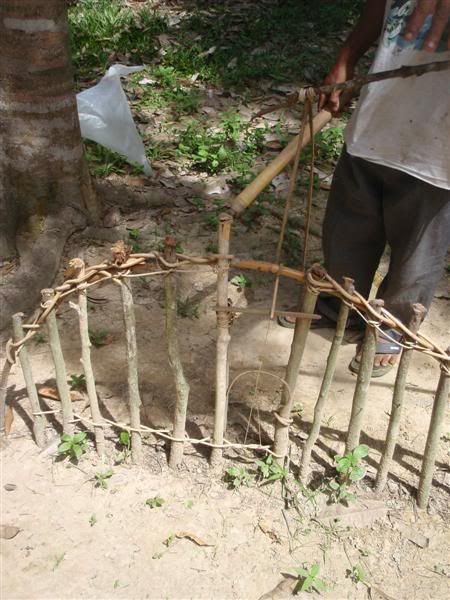Endau Rompin
Just returned from a trip to this pristine rainforest in southern Malaya. Went there with an environmental NGO that 23 years ago undertook a year long expedition to survey the flora and fauna and succeeded in getting the forest gazetted as a National Park. This time the trip was not scientific just an introduction for members who had never been there and nostalgia for a couple who had been on the first expedition
The park is home to a few of the rare Sumatran rhino as well as tiger, tapir and lots of elephant.
7 hours driving of which 2 were off tarmac brought us to the first obstacle.
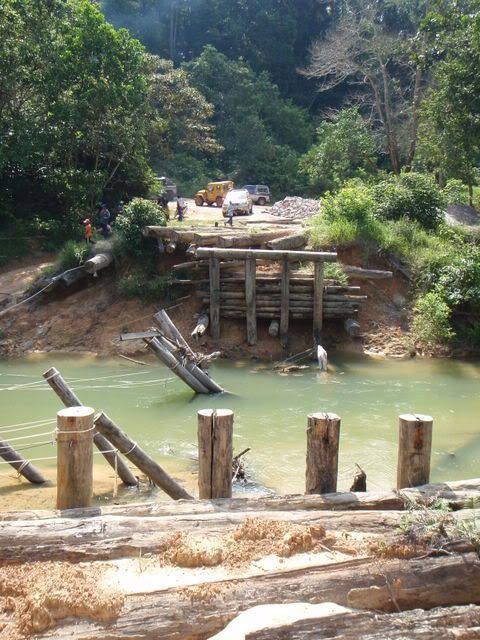
This bridge had been washed away by floods. Each wet season brings floods Flood waters rose 20 metres two years ago
This must have been what it was like in medieval times as travellers and complete strangers work together to rebuild with the remaining debris. Later travellers make their own inspection, adding a rope or two, cutting saplings to replace old planks or putting in a flotation drum making the bridge like a patchwork quilt of different knots and materials.
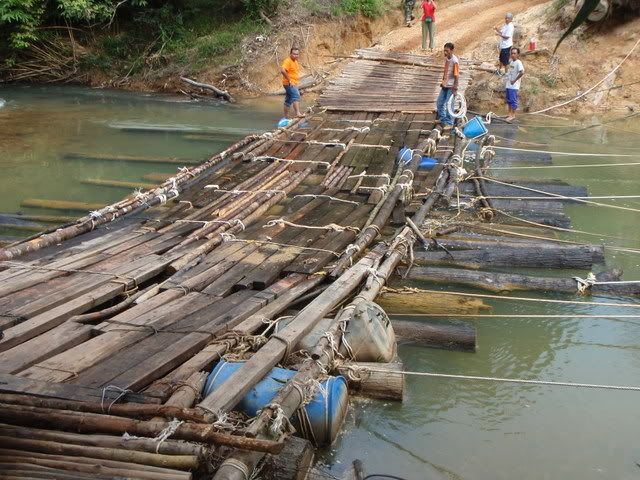
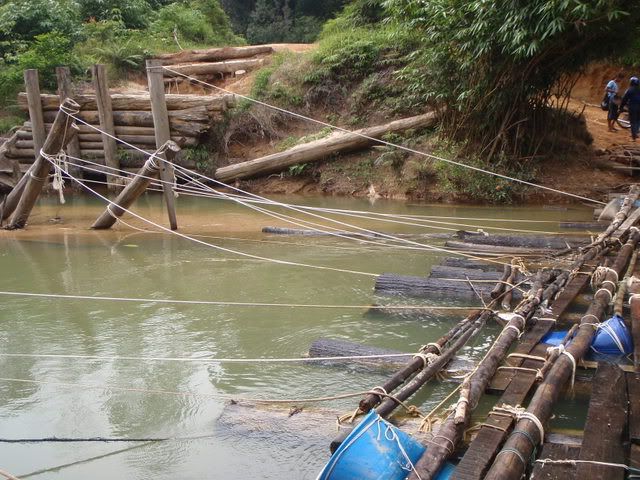
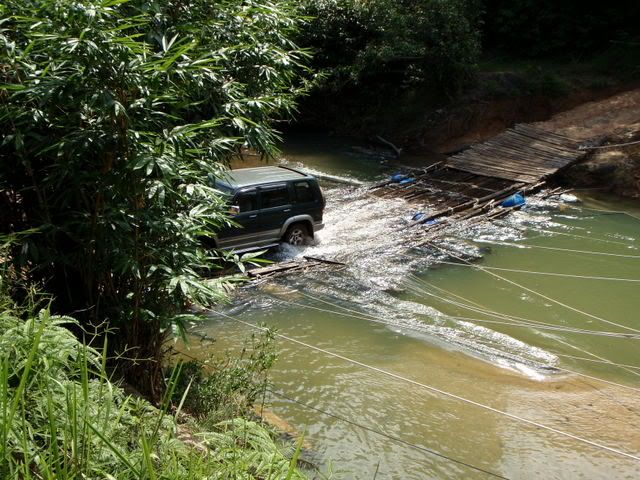
Other bridges looked like they might fall in as well.
We stooped just short of the park, eschewing the neat little chalets for a rustic jungle shelter made by our hosts, the Jakun people an aboriginal group. Apart from tarps, the rest is pure jungle camp bark sheets over saplings forming our beds for the next four days.
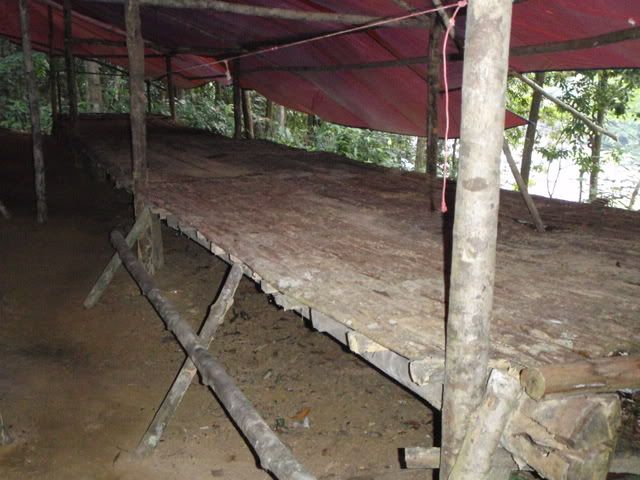
We had all sorts of little friends come in and light up our day and night. Like this fellow who I called the 2 LED bug. The sounds you hear are the night birds, insects and the waterfall.
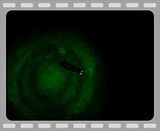
The camp was next to a spectacular cascade and series of rapids.

Due to my tendency to snore, a wet-and-dry routine and no soap washes (to maximize animal encounters), it was only humane that I moved out of the shelter to a hammock
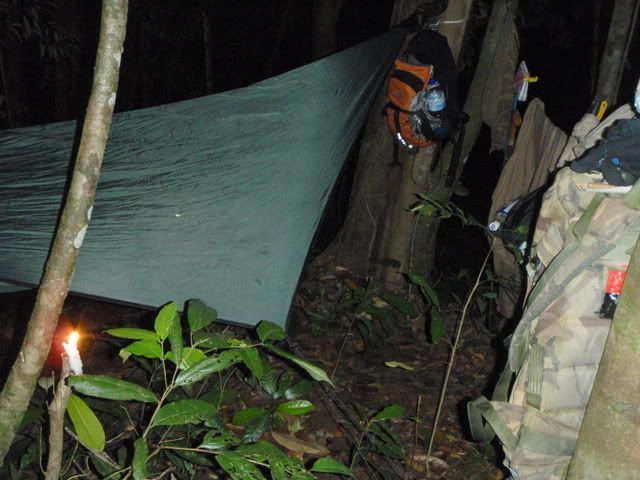
The next day we drove another 10k or so to the park and took a boat up a larger river. Despite it looking modern, I was very pleased to see that the keel was made like a dug out with an adze, planking being added to build up the sides of the dug out. At least some of the old skills were still there. I did not see any bark canoes although they used to make them. Ill enquire about them next time as I am keen to see one made.
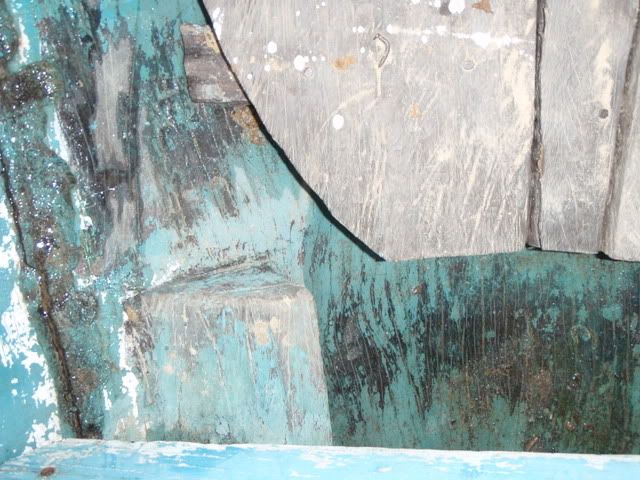
The topography is several rivers and many streams running between interlocking ridges and spurs with two plateaus. It is gentler, and the rivers more open, than Borneo. The vegetation is unusual. It is an upside down forest. Poor soils have led to mountain species being found in the lowland forest. The hills are ignimbrite with a sandstone cap and the plateaus are swamps!!
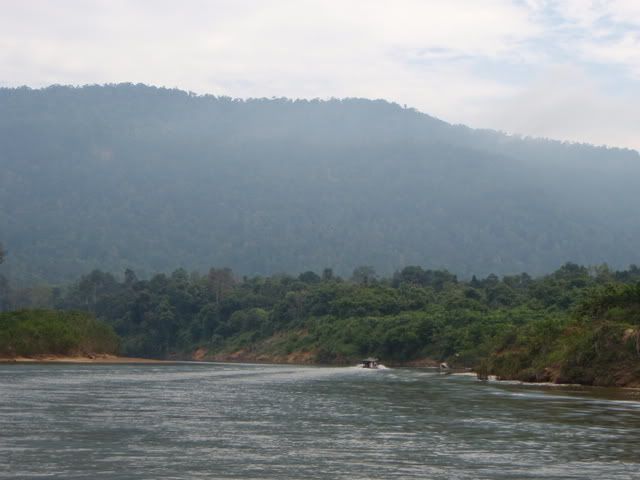
After 30 minutes we got off and started walking along an easy trail by the river which was alternately still or swift.
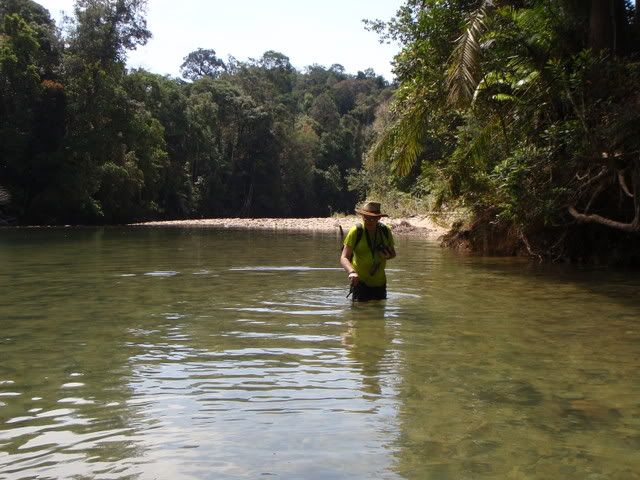
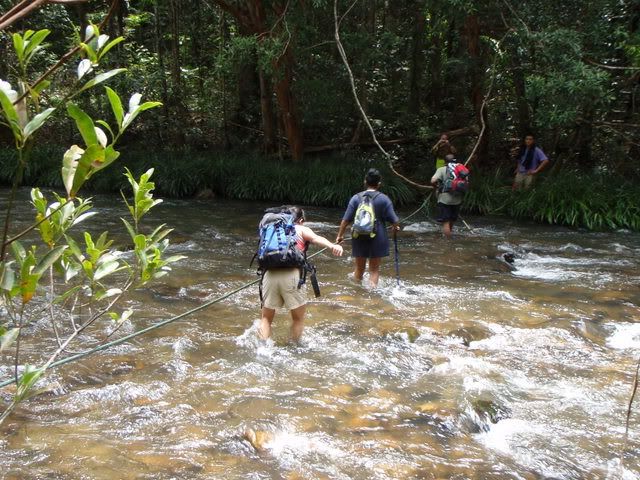
We saw lots of elephant sign every where dung, prints and stripped trees
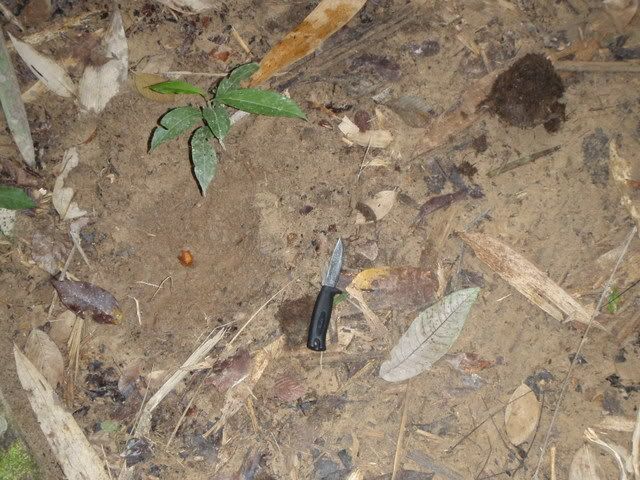
Some unusual sights too. Ive never seen a tree so distorted by the pressure from a vine.
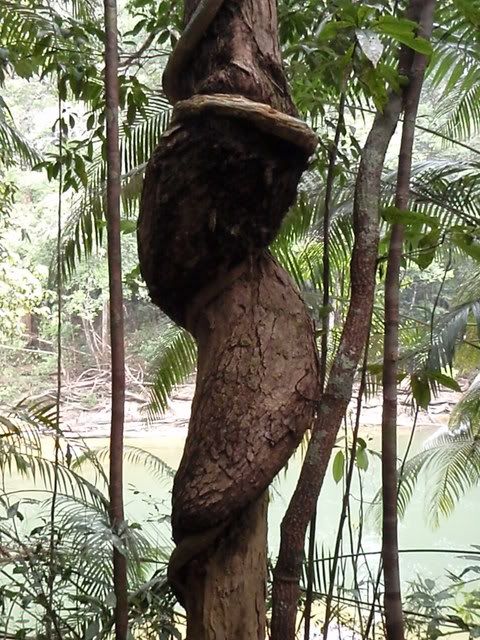
We also found Bigfoot. No idea what made this print. A tapir overprint on an elephant? Whatever this is there have been reports and legends of a large hominid for hundreds of years from this region. However, since we found a bigfoot print so easily on a well used trail it suggests there is a simpler explanation
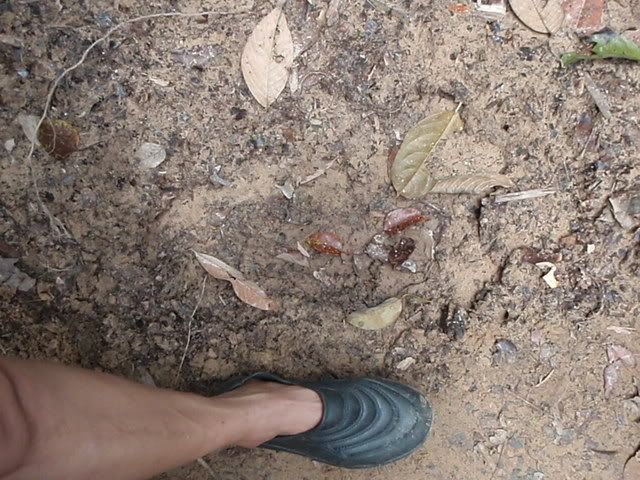
After a few river crossings we got to a very long cascade which had Swiss cheese style holes carved into the rock over millennia by the action of pebbles. I was able to compare a photo taken 22 years ago with one I took and there seemed to be no change at all.

It was an occasion for play.
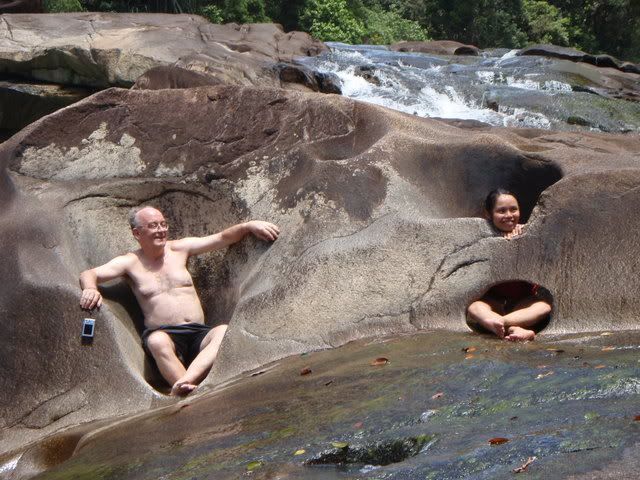
Lots of fish.
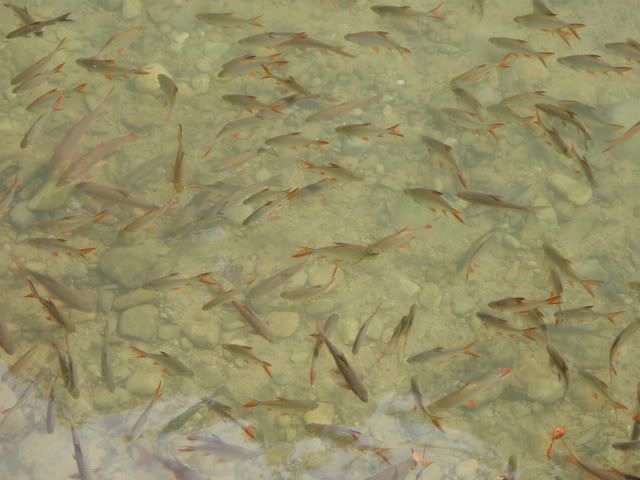
The next day I did not follow the group who were climbing a plateau and went to the village too look for help in removing part of my exhaust which had hit a rock and was touching the drive shaft.
Things are not entirely happy there. When the area became a park they found themselves restricted in their ability to hunt, fish and cultivate hill rice. They had to abandon their semi nomadic lifestyle, at least in the park.
To some extent this was to be compensated for by new jobs. Unfortunately the Park is a corporation managing several state parks and is somewhat bureaucratic and paternalistic and in any case even more powerful government departments also have major impacts on their lives. The local villagers found that they did not get the job of guides in the park and that these went to outsiders.
This is why we camped outside the Park and used local guides. I, for one, prefer a local aborigine to bring me around over a town dweller no matter how certified
development also means that well-intentioned people work to improve the lives of the villagers. This, and restrictions on using renewable and sustainable resources from the forest has meant that they are discouraged from living in these bark and wood attap houses
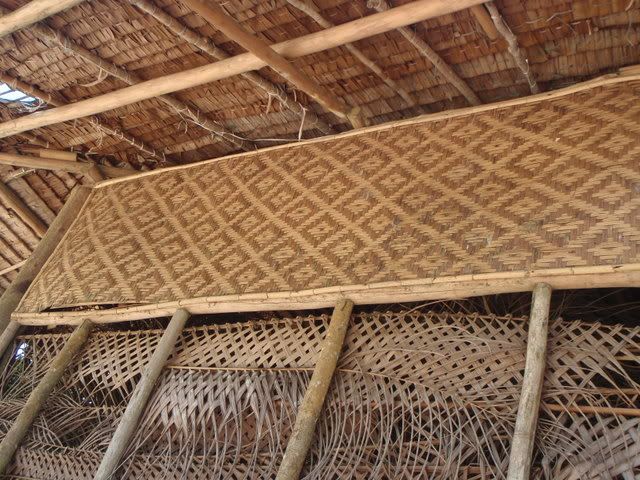
in favour of concrete block houses.
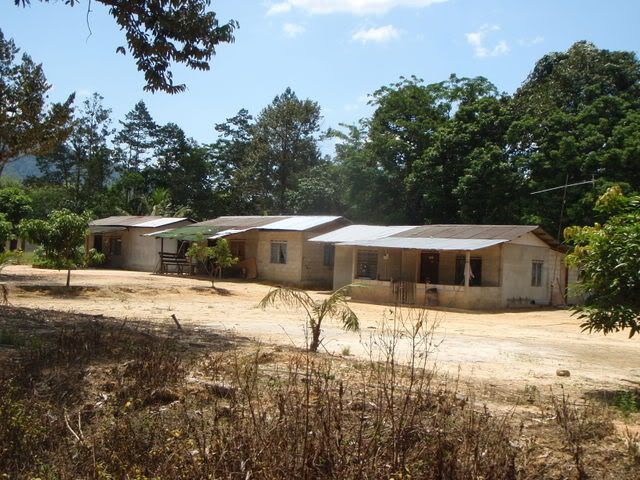
The huts are cooler while the concrete is like a kiln. Many people spend their time in jungle huts near their orchards during the day rather than in the villages
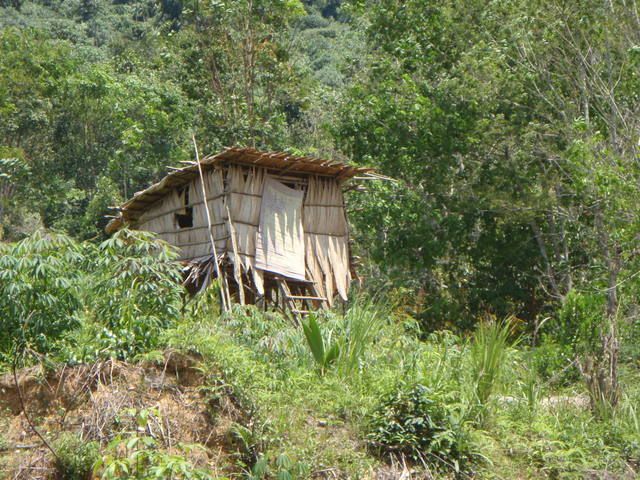
I couldnt take this depressing situation anymore and returned to our jungle camp and went for a walk by myself.
I stopped by this tree. It gives the poisonous sap which is the main active ingredient in blowpipe dart poison. The scaffolding enables them to tap the tree at a greater height to get at fresh wood.
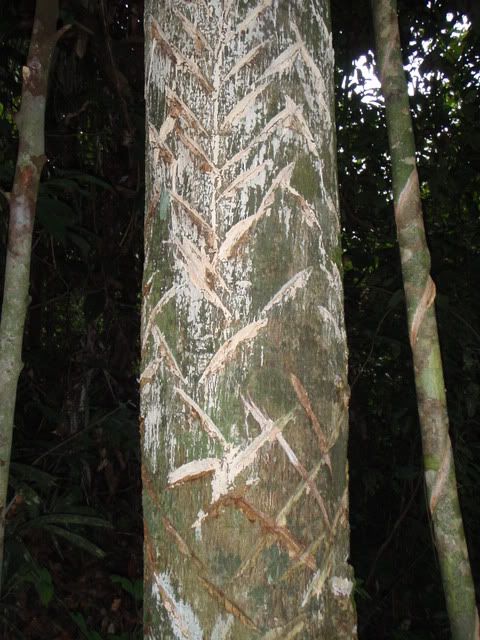
Shortly after this I startled and terrified a large pig which was probably asleep in its wallow a couple of meters from me. It dashed off with a roar and crashed though the undergrowth. Naturally, I was even more frightened and needed a minute to breathe normally again. No pics sorry. Not sure if it was a bearded pig or the common boar as I did not see the head. It seemed quite bit lighter than the common boar but that may have been the mud
Following the river upstream I hopped from rock to rock and swam through the pools. Its wonderful to have a waterproof and shock resistant camera. Just jump in with all the gear and swim across. Saves so much time and much safer.
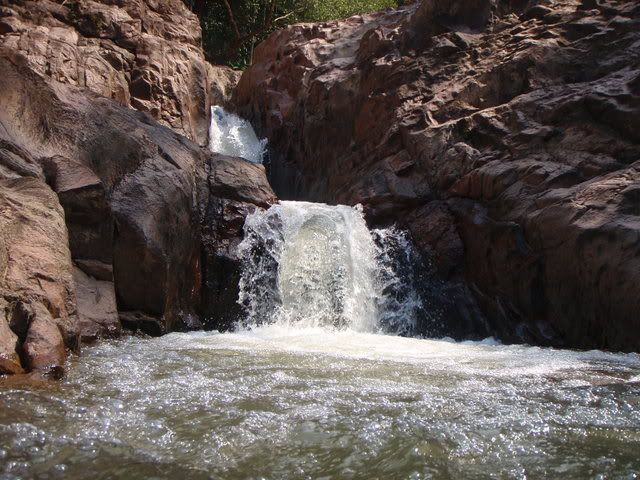
I meet up with my friend Jan, who also had skipped the climb due to a ankle injury. He had walked up stream for an hour and on his return fell asleep by the river! He is a waterfall addict like me and has a well known waterfall website. I woke him up and we played in the river. I tested the waterproofing of my new camera by jumping off the rocks a few times and it was fine.

Later I went to seek out the fire piston people about whom I had made enquires over the past two days. One of the pistons was this elephant ivory one the colour of honey. They were kind enough to answer questions and Ill write on this soon

The next day we drove back. Once over the raft bridge, it was plain sailing. It was a great trip and the look on my face says it all.
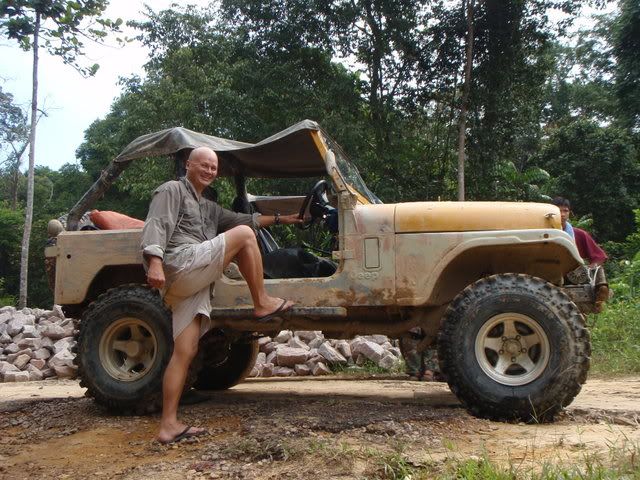
Just returned from a trip to this pristine rainforest in southern Malaya. Went there with an environmental NGO that 23 years ago undertook a year long expedition to survey the flora and fauna and succeeded in getting the forest gazetted as a National Park. This time the trip was not scientific just an introduction for members who had never been there and nostalgia for a couple who had been on the first expedition
The park is home to a few of the rare Sumatran rhino as well as tiger, tapir and lots of elephant.
7 hours driving of which 2 were off tarmac brought us to the first obstacle.

This bridge had been washed away by floods. Each wet season brings floods Flood waters rose 20 metres two years ago
This must have been what it was like in medieval times as travellers and complete strangers work together to rebuild with the remaining debris. Later travellers make their own inspection, adding a rope or two, cutting saplings to replace old planks or putting in a flotation drum making the bridge like a patchwork quilt of different knots and materials.



Other bridges looked like they might fall in as well.
We stooped just short of the park, eschewing the neat little chalets for a rustic jungle shelter made by our hosts, the Jakun people an aboriginal group. Apart from tarps, the rest is pure jungle camp bark sheets over saplings forming our beds for the next four days.

We had all sorts of little friends come in and light up our day and night. Like this fellow who I called the 2 LED bug. The sounds you hear are the night birds, insects and the waterfall.

The camp was next to a spectacular cascade and series of rapids.

Due to my tendency to snore, a wet-and-dry routine and no soap washes (to maximize animal encounters), it was only humane that I moved out of the shelter to a hammock

The next day we drove another 10k or so to the park and took a boat up a larger river. Despite it looking modern, I was very pleased to see that the keel was made like a dug out with an adze, planking being added to build up the sides of the dug out. At least some of the old skills were still there. I did not see any bark canoes although they used to make them. Ill enquire about them next time as I am keen to see one made.

The topography is several rivers and many streams running between interlocking ridges and spurs with two plateaus. It is gentler, and the rivers more open, than Borneo. The vegetation is unusual. It is an upside down forest. Poor soils have led to mountain species being found in the lowland forest. The hills are ignimbrite with a sandstone cap and the plateaus are swamps!!

After 30 minutes we got off and started walking along an easy trail by the river which was alternately still or swift.


We saw lots of elephant sign every where dung, prints and stripped trees

Some unusual sights too. Ive never seen a tree so distorted by the pressure from a vine.

We also found Bigfoot. No idea what made this print. A tapir overprint on an elephant? Whatever this is there have been reports and legends of a large hominid for hundreds of years from this region. However, since we found a bigfoot print so easily on a well used trail it suggests there is a simpler explanation

After a few river crossings we got to a very long cascade which had Swiss cheese style holes carved into the rock over millennia by the action of pebbles. I was able to compare a photo taken 22 years ago with one I took and there seemed to be no change at all.

It was an occasion for play.

Lots of fish.

The next day I did not follow the group who were climbing a plateau and went to the village too look for help in removing part of my exhaust which had hit a rock and was touching the drive shaft.
Things are not entirely happy there. When the area became a park they found themselves restricted in their ability to hunt, fish and cultivate hill rice. They had to abandon their semi nomadic lifestyle, at least in the park.
To some extent this was to be compensated for by new jobs. Unfortunately the Park is a corporation managing several state parks and is somewhat bureaucratic and paternalistic and in any case even more powerful government departments also have major impacts on their lives. The local villagers found that they did not get the job of guides in the park and that these went to outsiders.
This is why we camped outside the Park and used local guides. I, for one, prefer a local aborigine to bring me around over a town dweller no matter how certified
development also means that well-intentioned people work to improve the lives of the villagers. This, and restrictions on using renewable and sustainable resources from the forest has meant that they are discouraged from living in these bark and wood attap houses

in favour of concrete block houses.

The huts are cooler while the concrete is like a kiln. Many people spend their time in jungle huts near their orchards during the day rather than in the villages

I couldnt take this depressing situation anymore and returned to our jungle camp and went for a walk by myself.
I stopped by this tree. It gives the poisonous sap which is the main active ingredient in blowpipe dart poison. The scaffolding enables them to tap the tree at a greater height to get at fresh wood.

Shortly after this I startled and terrified a large pig which was probably asleep in its wallow a couple of meters from me. It dashed off with a roar and crashed though the undergrowth. Naturally, I was even more frightened and needed a minute to breathe normally again. No pics sorry. Not sure if it was a bearded pig or the common boar as I did not see the head. It seemed quite bit lighter than the common boar but that may have been the mud
Following the river upstream I hopped from rock to rock and swam through the pools. Its wonderful to have a waterproof and shock resistant camera. Just jump in with all the gear and swim across. Saves so much time and much safer.

I meet up with my friend Jan, who also had skipped the climb due to a ankle injury. He had walked up stream for an hour and on his return fell asleep by the river! He is a waterfall addict like me and has a well known waterfall website. I woke him up and we played in the river. I tested the waterproofing of my new camera by jumping off the rocks a few times and it was fine.

Later I went to seek out the fire piston people about whom I had made enquires over the past two days. One of the pistons was this elephant ivory one the colour of honey. They were kind enough to answer questions and Ill write on this soon

The next day we drove back. Once over the raft bridge, it was plain sailing. It was a great trip and the look on my face says it all.


